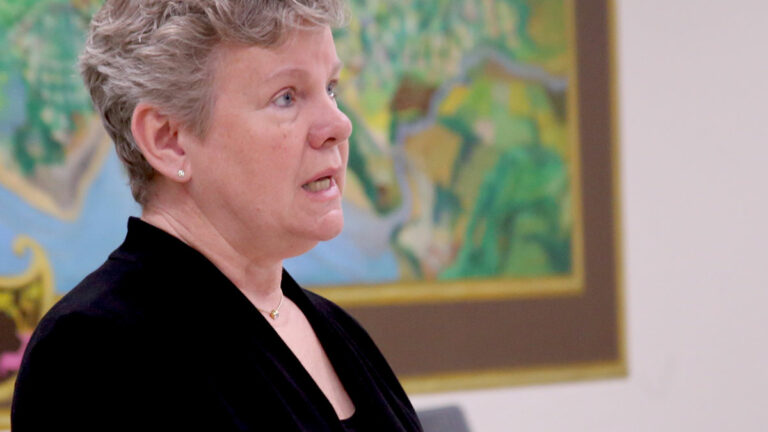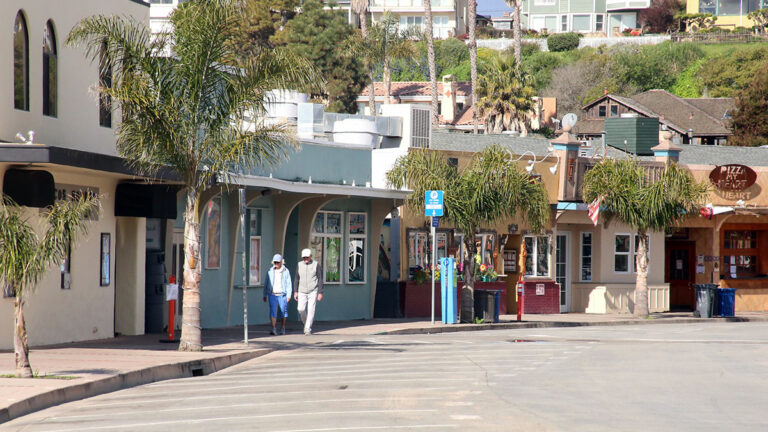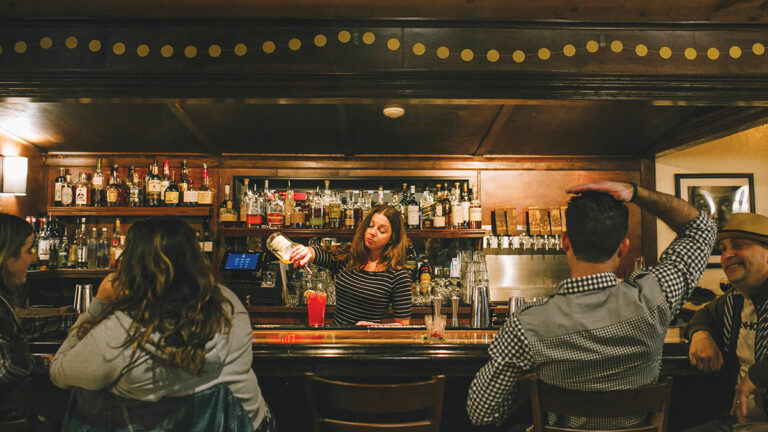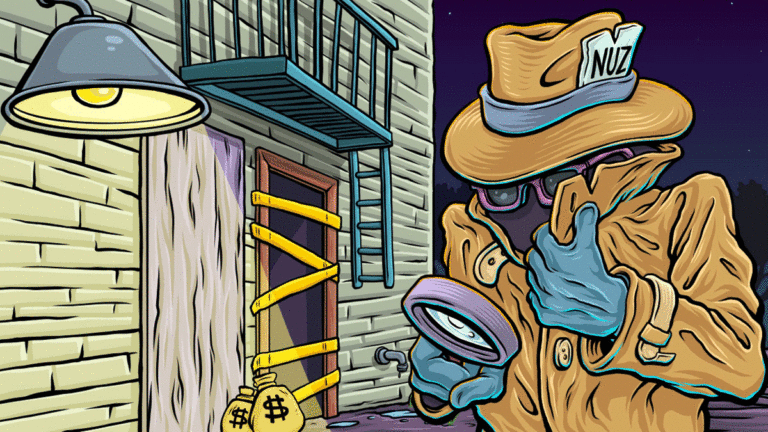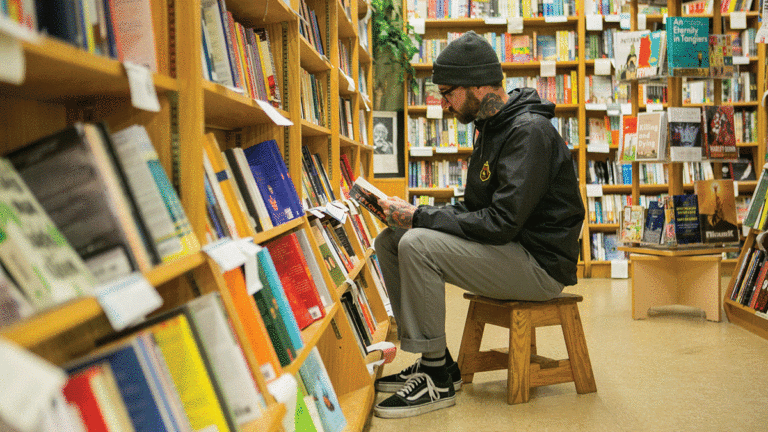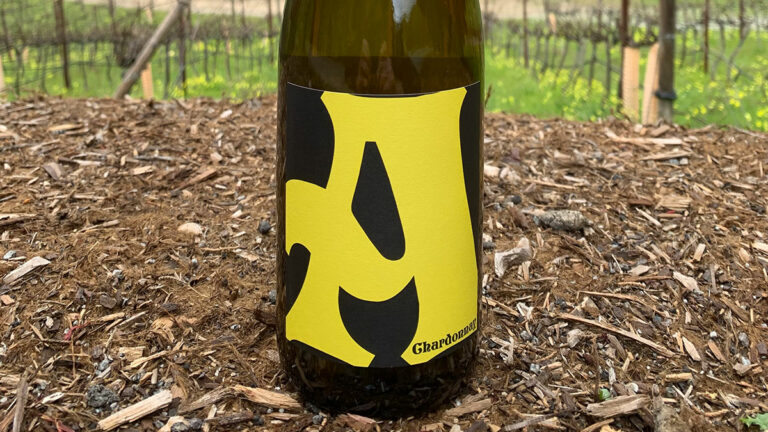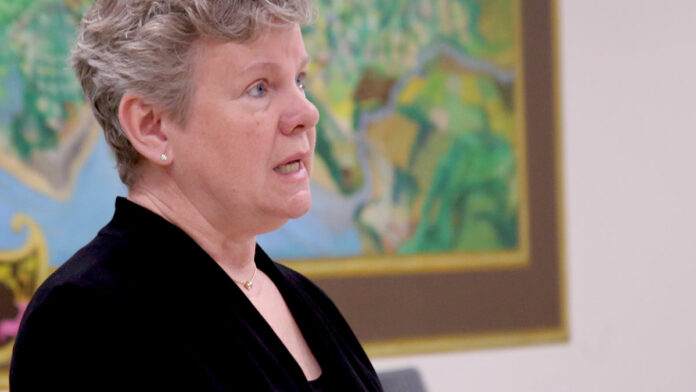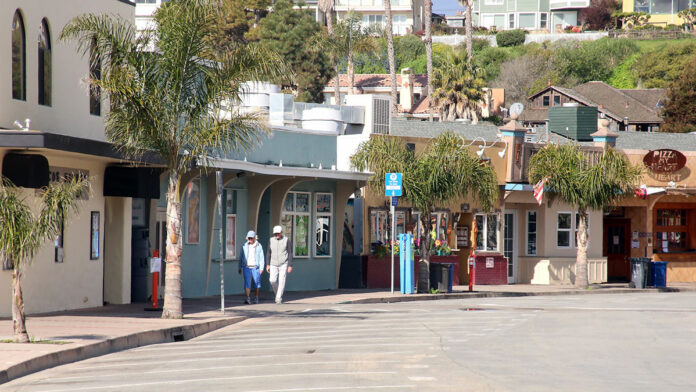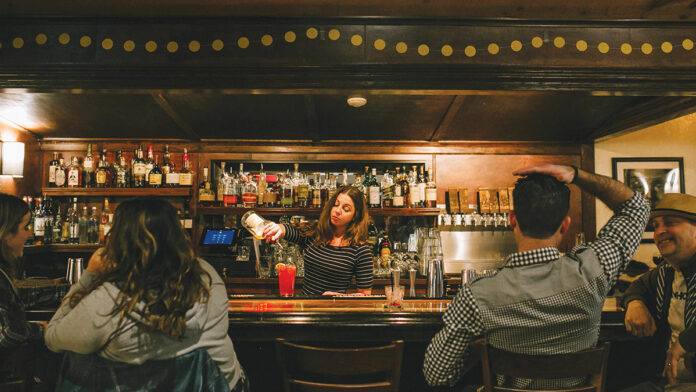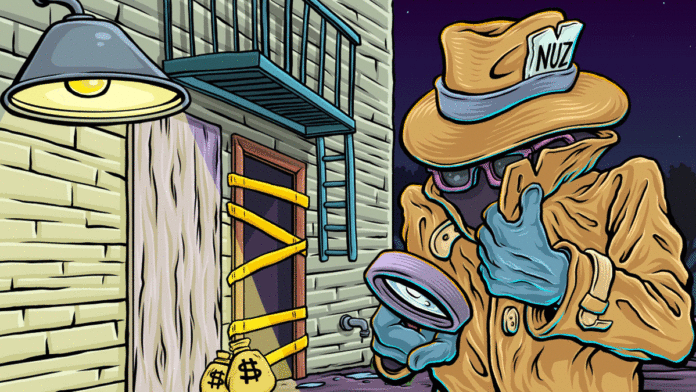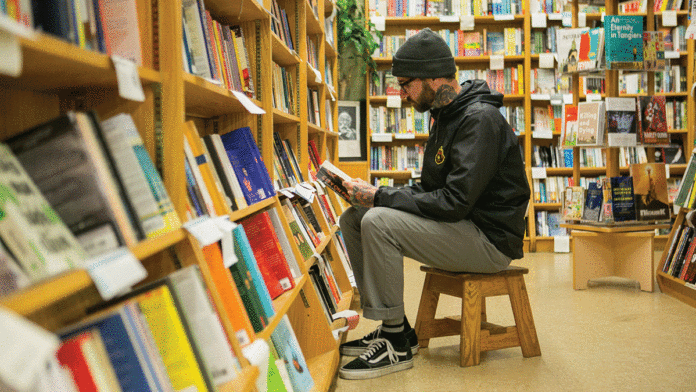Find out what readers voted as the best health and recreation.
Best Esthetician
Hazel Chadwick @ The Nook
- Hazel Chadwick’s desire to pursue her career as an esthetician originally started with an obsession for cleaning and restoring newness, and she prides herself on the way her facials bring her clients a fresh start.
- She feels that humans hold an incredible amount of tension in their faces and bodies, and she helps her clients to breathe, relax, and honor themselves.
- She offers several different types of facials and skin treatments, from elemental nature facials to skin renewing treatments and even plant peels, makeup, and waxing services.
- Chadwick does not believe in anti-aging but does believe in beautiful aging.
- She believes in the power of touch and the healing properties of plants, and uses all plant-based products as well as ayurvedic rituals in order to help clients find the ever-elusive concept of balance.
Andrew Steingrube
Best Medi-Spa
Ultraderm
- Dr. Steven L. Garner is the medical director of Ultraderm. He is a fully board-certified plastic surgeon who has been practicing locally since 1993.
- During business hours, no voice-prompting machines are ever used. Only real-life, trained, professional, and caring human beings will answer phone calls.
- They offer several different treatment options including modern laser therapy, Botox, microneedling, and even Kybella, which can help reduce the appearance of “double-chin.”
- Get complimentary and professional consultations with their team of providers in order to discuss aesthetic options, questions, and concerns.
- They embrace a philosophy of safety, service, and satisfaction–no one is ever a “patient-lite,” no matter if the treatment is elective beautifying or a major life-saving operation.
Andrew Steingrube
Best Personal Trainer
Carina Reid @ Fuel Phitness
- Santa Cruz local Carina Reid formed Fuel Phitness in the spring of 2014.
- With an impressive and extensive sports resume, you can be sure Carina will cater to your physical needs as she develops “varied and eclectic fitness plans” for you.
- Besides personal training, Reid also offers training through corporate classes and for small groups and couples.
- Reid is certified in Groupx, Schwinn Cycle, Yoga Sculpt, and Hot Pilates.
- Get a sense of Reid’s inspirational athleticism by watching promo videos on her YouTube channel.
Denize Gallardo
Acupuncturist/Acupuncture Clinic
Five Branches University
200 7th Ave., Santa Cruz,
476-9424, fivebranches.edu
RUNNER-UP Flux Acupuncture Lounge, Momo Acupuncture
Bike Shop
Bicycle Trip
1001 Soquel Ave., Santa Cruz,
427-2580, bicycletrip.com
RUNNERS-UP Another Bike Shop, Spokesman
Cannabis Dispensary
KindPeoples
533 Ocean St., Santa Cruz, 515-4114;
3600 Soquel Ave., Santa Cruz, 471-8562, kindpeoples.org
RUNNERS-UP Treehouse, Santa Cruz Naturals
Cannabis Edibles
KindPeoples
533 Ocean St., Santa Cruz, 515-4114;
3600 Soquel Ave., Santa Cruz,
471-8562, kindpeoples.org
RUNNERS-UP Treehouse, Santa Cruz Naturals
CBD Product (Local)
KindPeoples
533 Ocean St., Santa Cruz, 515-4114;
3600 Soquel Ave., Santa Cruz,
471-8562, kindpeoples.org
RUNNERS-UP Jade Nectar, Treehouse
Chiropractor
Duncan McCollum, DC
3555 Clares St., Capitola, 459-9990, mccollumfamilychiropractic.com
RUNNERS-UP David Love, DC; Marie Royer, DC
Crossfit Studio
Seabright Crossfit
1619 Seabright Ave., Santa Cruz,
600-7867, seabrightcrossfit.com
RUNNERS-UP Crossfit Amundson, Crossfit Santa Cruz
Dentist
A. Gavin McClure, DDS
525 Center St., Santa Cruz, 426-1343, newstreetdentalsantacruz.com
RUNNERS-UP Michael J. Raffo, DDS; Kevin Ippisch, DDS
Doctor (MD)
Rachel Abrams, MD
740 Front St., Santa Cruz, 465-9088, santacruzintegrativemedicine.com
RUNNERS-UP Bruce Block, MD; Bruce Eisendorf, MD
Doctor (ND)
Aimée Gould Shunney, ND
740 Front St. #130, Santa Cruz, 465-9088, drshunney.com
RUNNERS-UP Chad Borys, ND; Tonya Fleck, ND
Esthetician
Hazel Chadwick @ The Nook
1543 Pacific Ave. #215, Santa Cruz, 295-6233, thenook.us
RUNNERS-UP Sue Bell @ Simply Skin Esthetics, Brenda Pegram-Twohig @ Equilibrium
Golf Course
DeLaveaga
401 Upper Park Rd., Santa Cruz, 423-7214, delaveagagolf.com
RUNNERS-UP Pasatiempo, Seascape
Gym
Toadal Fitness
113 Lincoln St., Santa Cruz, 423-3764;
1200 17th Ave. #108, Santa Cruz, 464-3764;
2929 Mission St. Extension, Santa Cruz, 466-3764;
269 Mount Hermon Rd., Scotts Valley, 430-9200, toadalfitness.com
RUNNERS-UP Cabrillo Fitness, In-Shape Capitola
Martial Arts
Sanford’s Martial Arts
4626 Soquel Drive, Soquel, 475-9676, sanfordskarate.com
RUNNERS-UP Garth Taylor Jiu-Jitsu & Martial Arts, Minorsan Self-Defense & Fitness
Massage Therapist
Shawna Ristic
501 Mission St., Ste. 5, Santa Cruz, (785) 691-6639, shawnaristic.com
RUNNERS-UP Gemmo Depolo, Lily Webber
Medi-Spa
Ultraderm
3311 Mission Dr., Santa Cruz, 475-4315, ultraderm.com
RUNNERS-UP Rejuvenate Medi-Spa
Midwife
Dana Ramsey, CNM
2907 Chanticleer Ave., Santa Cruz, 477-2375, sutterhealth.org/pamf
RUNNERS-UP Nancy Greenwood, LM, CPM; Sunshine Tomlin, LM
Nutritionist
Jocelyn Dubin @ Nourish
130 Walnut Ave., Santa Cruz, 359-5335, nourishsantacruz.com
RUNNERS-UP Rebecca Hazelton, Margaux Keiser
Orthodontist
Mark Joiner
1773 Dominican Way, Santa Cruz, 475-5500, joinerortho.com
RUNNERS-UP John A. Hedrick, North Coast Orthodontics
Outdoor Store
Outdoor World
1440 41st Ave., Capitola, 479-1501;
136 River St., Santa Cruz, 423-9555,
RUNNERS-UP Down Works, Patagonia
Personal Trainer
Carina Reid
ca*****@***il.com, fuelphitness.com
RUNNERS-UP Margaux Keiser @ Keiser Nutrition & Fitness, Jason Lenington @ Toadal Fitness
Vitamin/Supplements
Staff of Life
1266 Soquel Ave., Santa Cruz, 423-8632, staffoflifemarket.com
RUNNERS-UP Herb Room, New Leaf Community Markets
Pilates
Agile Monkey Pilates Studio
121 Walnut Ave, Santa Cruz, 458-4125, agilemonkey.net
RUNNERS-UP Hotsource Yoga, Monarch Pilates
Running Store
Fleet Feet
7960 Soquel Drive Suite I, Aptos, 662-0886, fleetfeetaptos.com
RUNNER-UP Santa Cruz Running Company
Sailing Charter
Chardonnay
790 Mariner Park Way, Dock FF, Santa Cruz, 423-1213, chardonnay.com
RUNNERS-UP O’Neill Yacht Charters, Pacific Sail
Skate Park
Derby Skate Park
508 Woodland Way, Santa Cruz
RUNNERS-UP Mike Fox, Scotts Valley Skate Park
Skate Shop
Bill’s Wheels
1240 Soquel Ave., Santa Cruz, 469-0904, billswheels.com
RUNNERS-UP Boardroom, Skateworks
Snowboard/Skiing
Helm of Sun Valley
1408 41st Ave., Santa Cruz, 462-6800, helmofsunvalley.com
RUNNER-UP Play It Again Sports
Spa (pampering)
Caress Day Spa
911 Capitola Ave., Capitola, 462-4422, caressdayspa.com
RUNNERS-UP Chaminade Resort & Spa, Well Within
Spa (soaking)
Well Within Spa
417 Cedar St., Santa Cruz, 458-9355, wellwithinspa.com
RUNNERS-UP Equilibrium Float Center, Tea House Spa
Sporting Goods
Play It Again Sports
4770 Soquel Drive, Soquel, 475-1988, playitagainsports-soquel.com
RUNNERS-UP Bicycle Trip, Outdoor World
Stand-up Paddleboard
SUP Shack
2214 E. Cliff Drive, Santa Cruz, 464-7467, supshacksantacruz.com
RUNNERS-UP Covewater, Kayak Connection
Surf School
Richard Schmidt
849 Almar Ave., Box 192, Santa Cruz, 423-0928, richardschmidt.com
RUNNERS-UP Club Ed, Surf School Santa Cruz
Surf Shop
O’Neill
110 Cooper St. #100D, Santa Cruz, 469-4377;
400 Beach St., Santa Cruz, 459-9230;
1115 41st Ave., Capitola, 475-4151, oneill.com
RUNNERS-UP Arrow Surf and Sport, Freeline
Surf Spot
Pleasure Point
RUNNERS-UP Cowell’s, Steamer Lane
Swim School
Adventure Sports
303 Potrero St. #15, Santa Cruz, 458-3648, asudoit.com
RUNNERS-UP Jim Booth, Simpkins Family Swim Center
Therapist
Emmanuel Denike, LMFT
RUNNERS-UP Donna Ilstrup, LMFT; Kristin Nemzer, LMFT, CH
Veterinary Clinic
Adobe Animal Hospital of Soquel
1600 Soquel Drive, Santa Cruz, 462-5293, adobevets.com.
RUNNERS-UP Coast Veterinary Services, Scotts Valley Veterinary Clinic
Yoga Instructor
Victor Dubin
RUNNERS-UP Nicole Duke, Hannah Muse
Yoga Studio
Luma Yoga
1010 Center St., Santa Cruz, 325-2620, lumayoga.com





